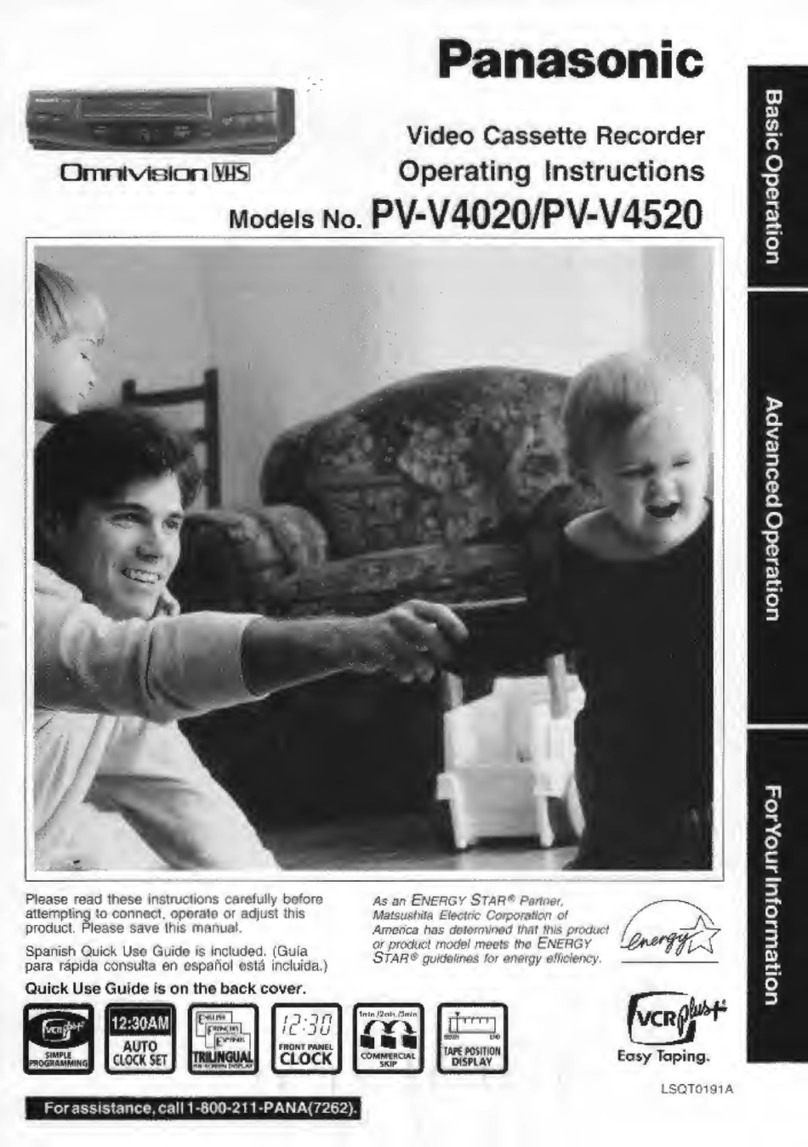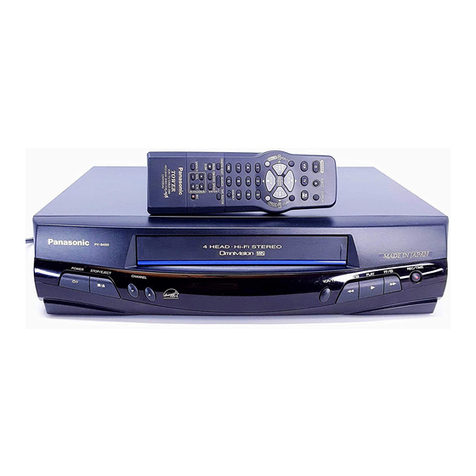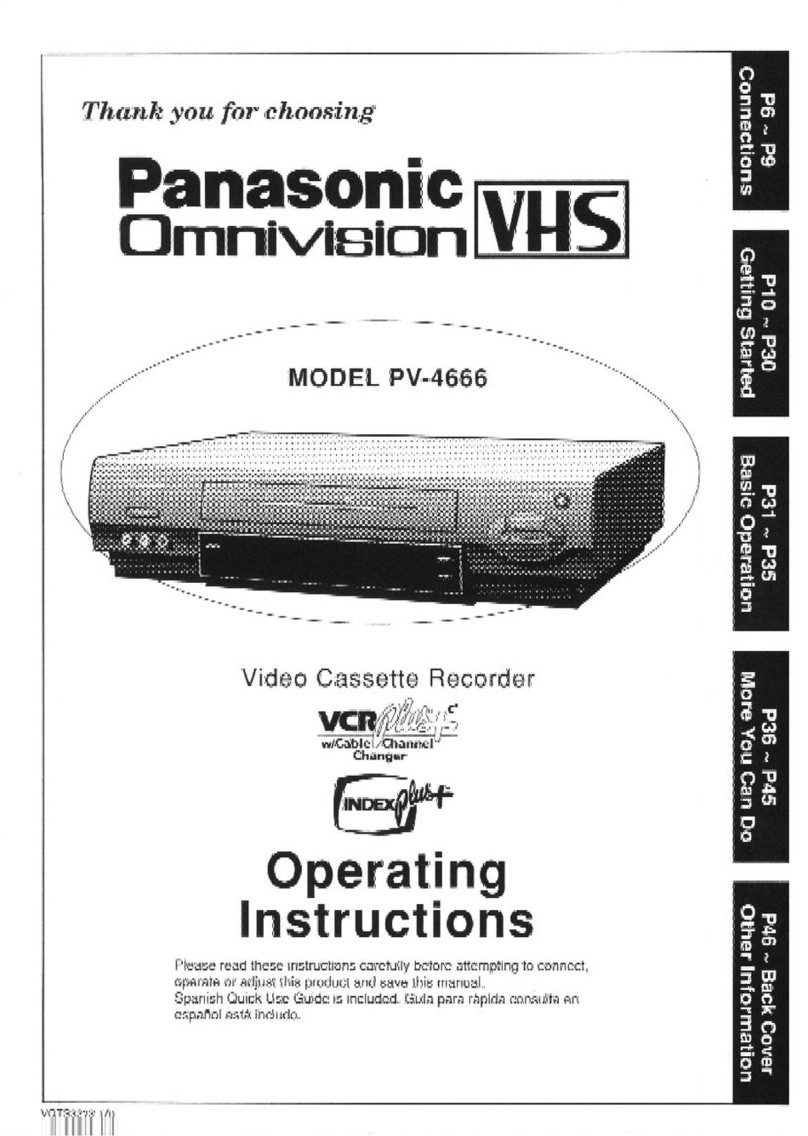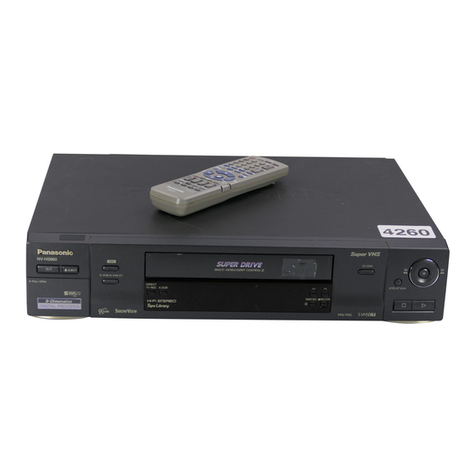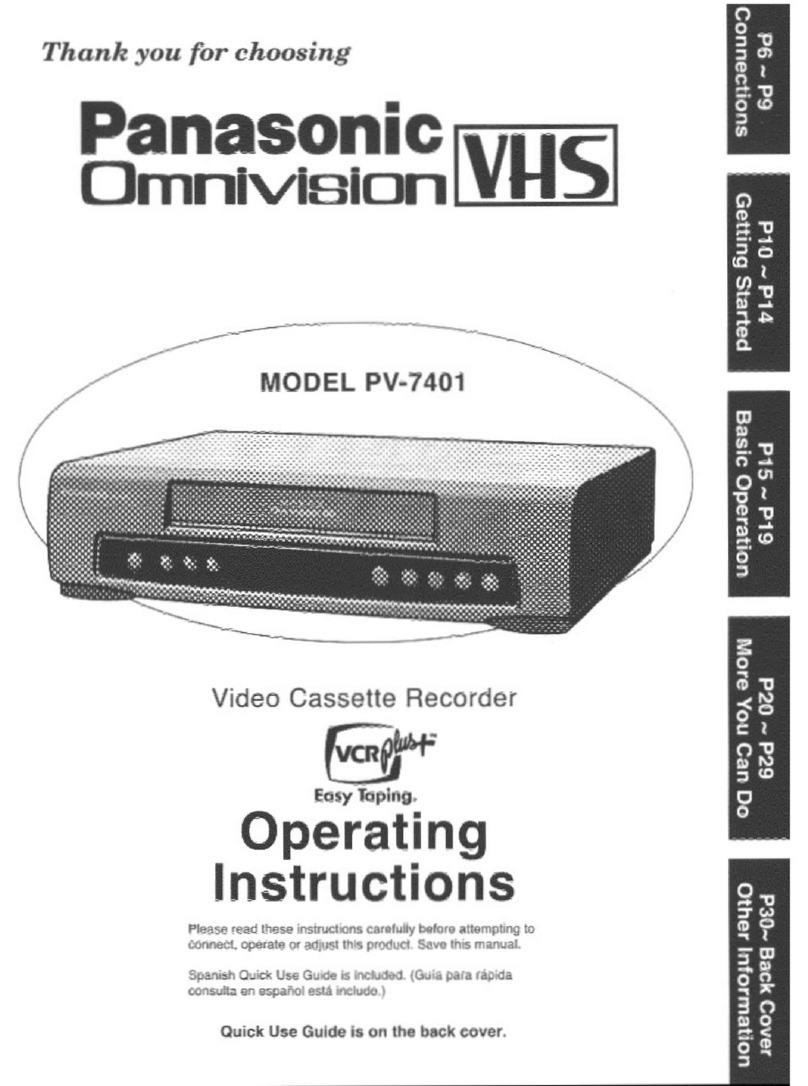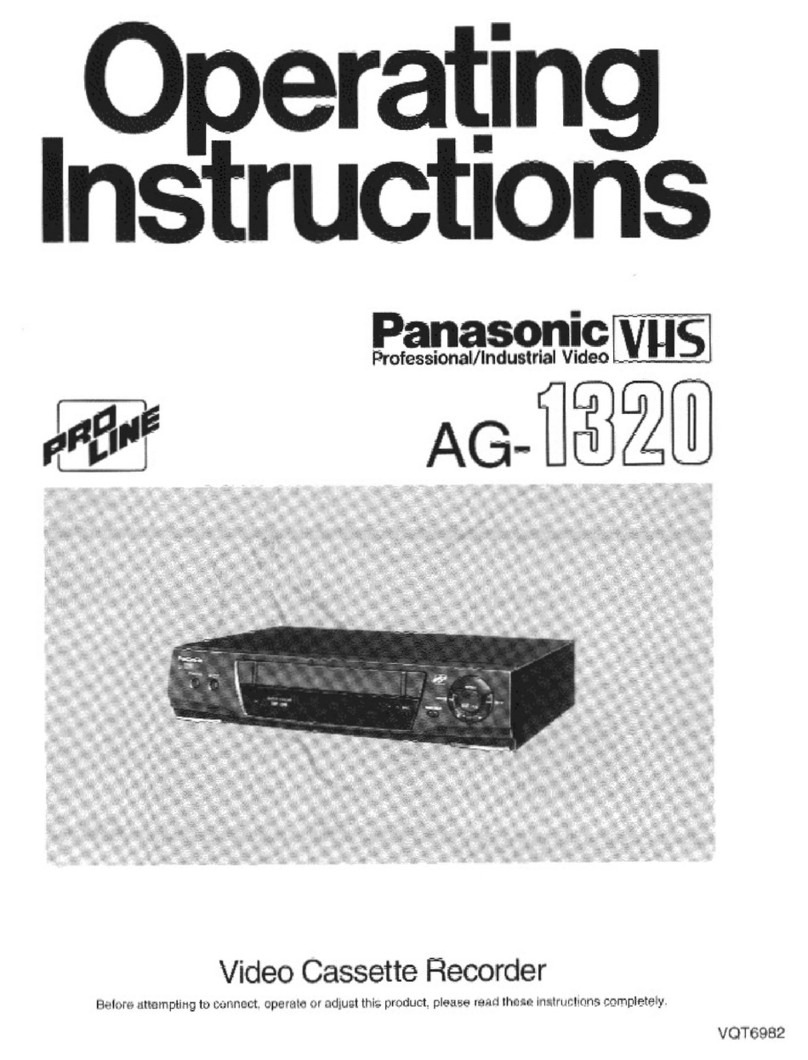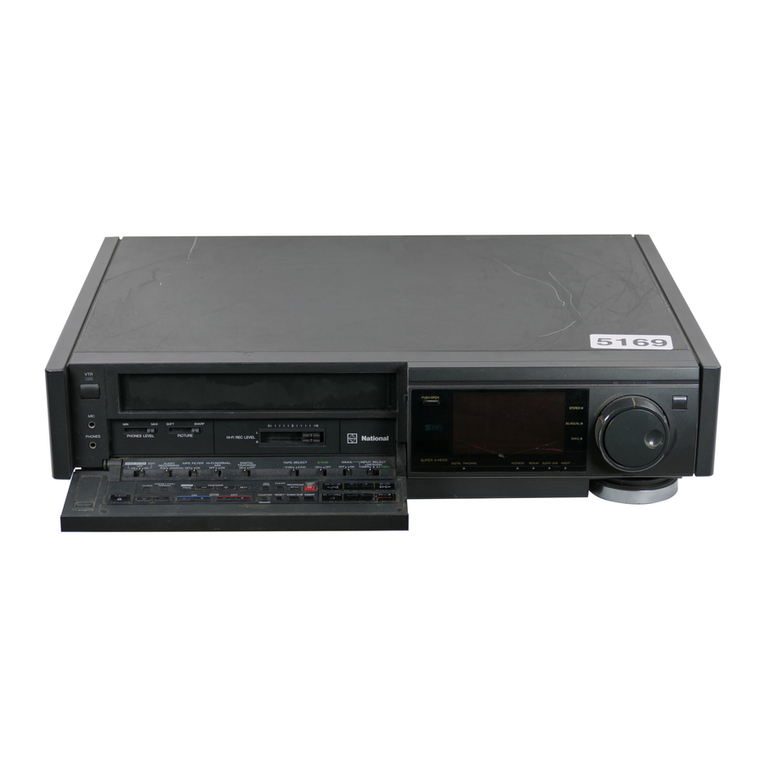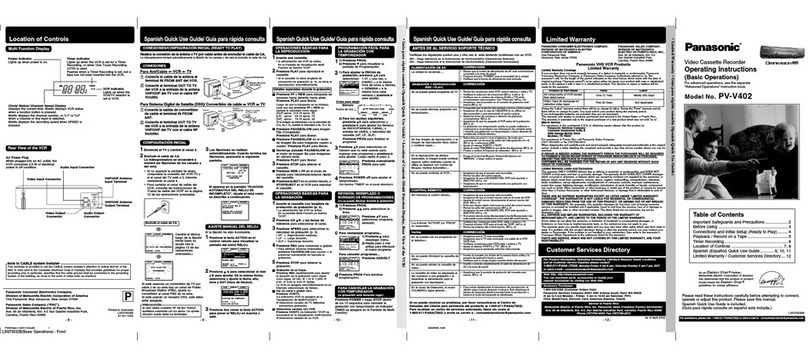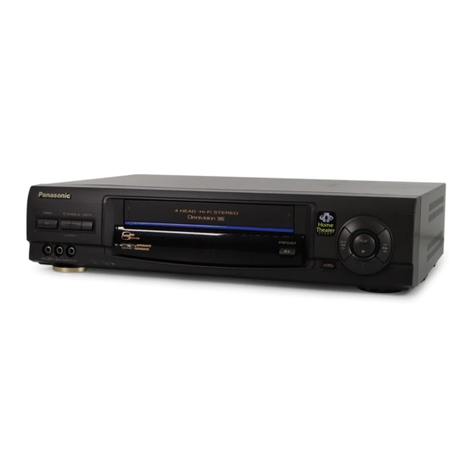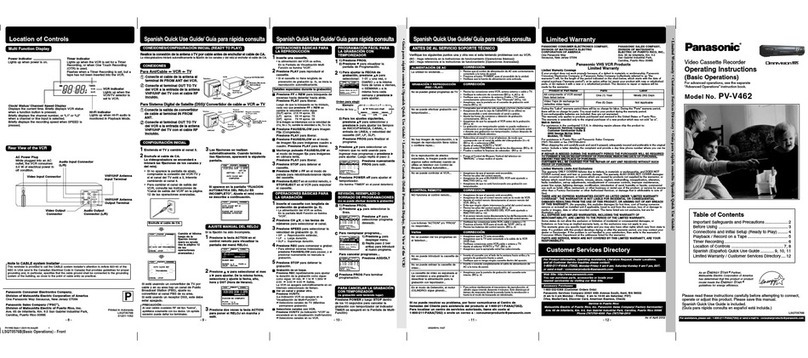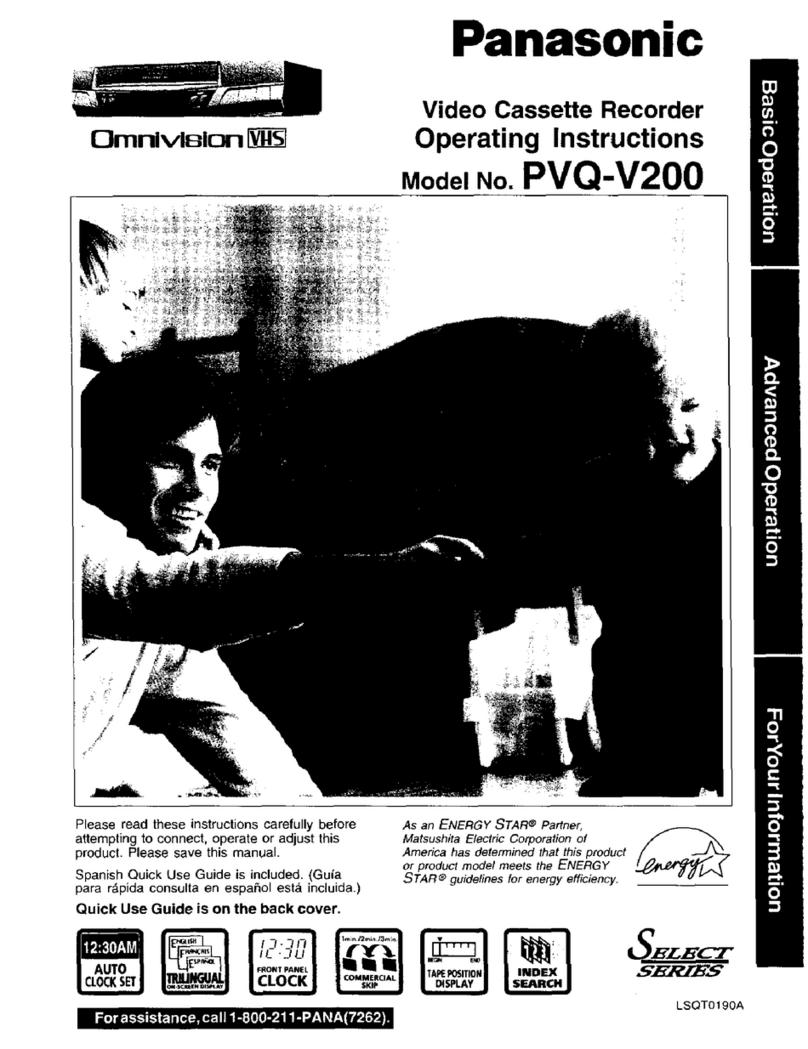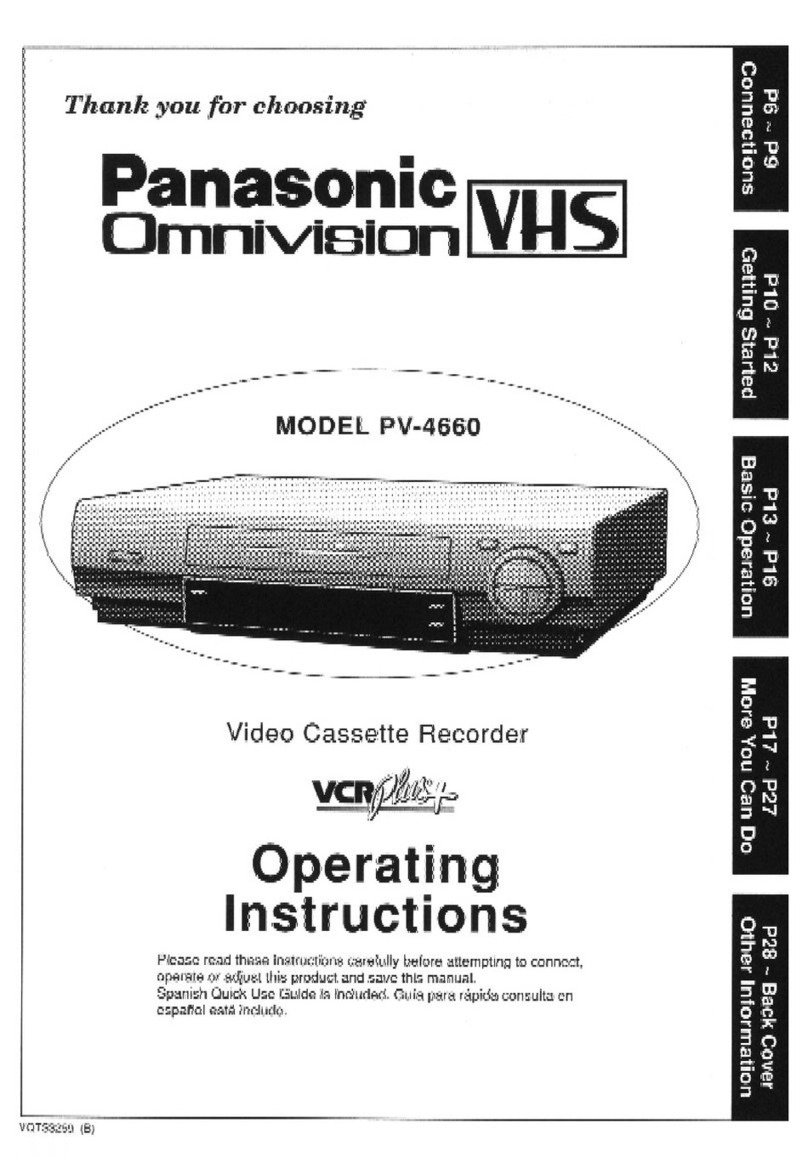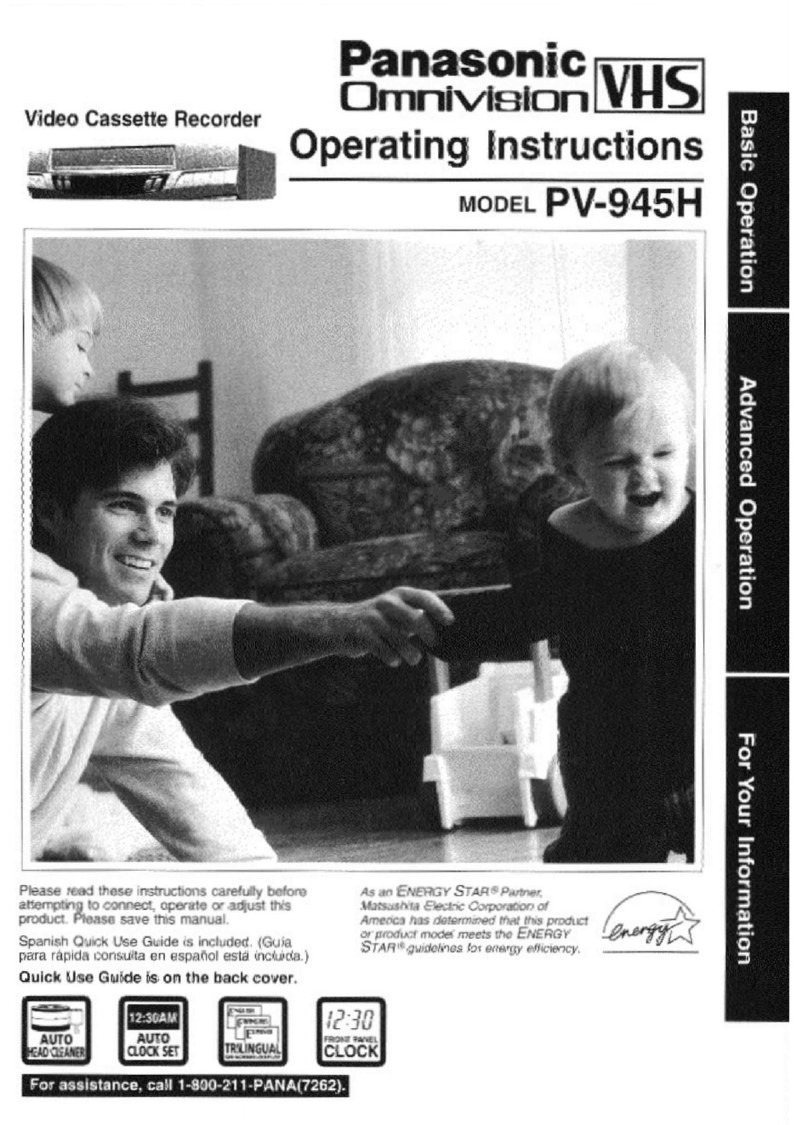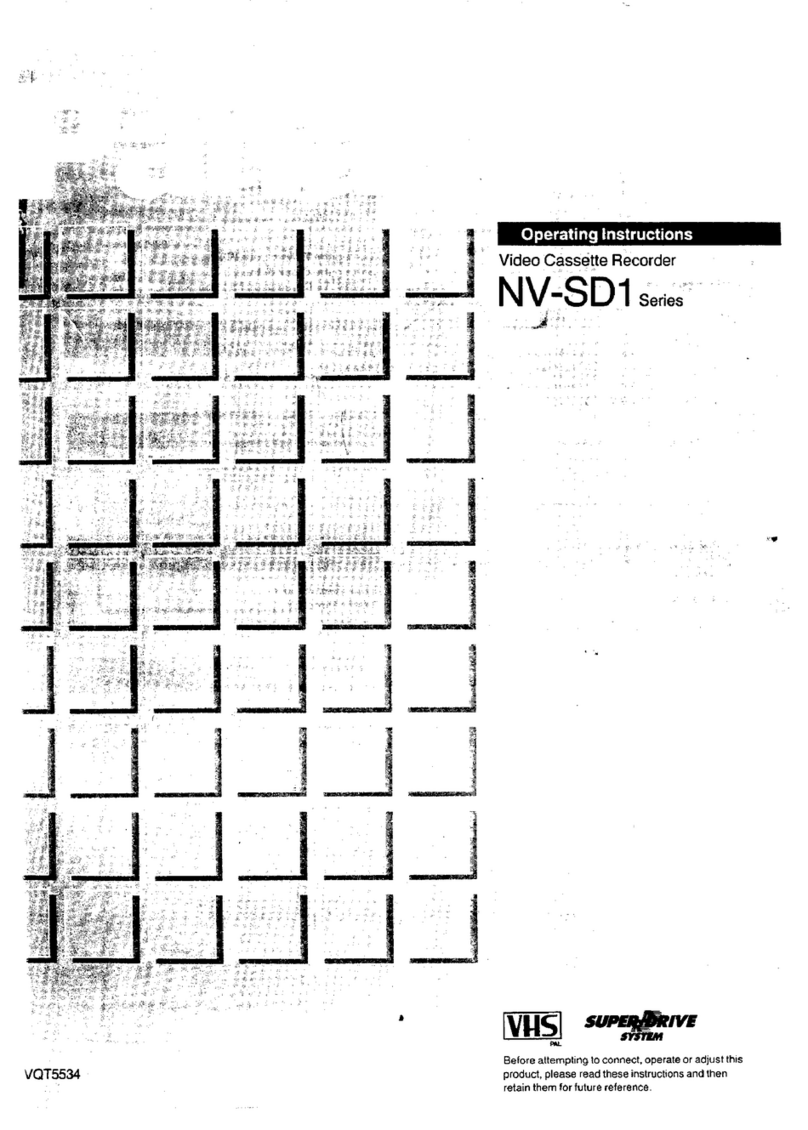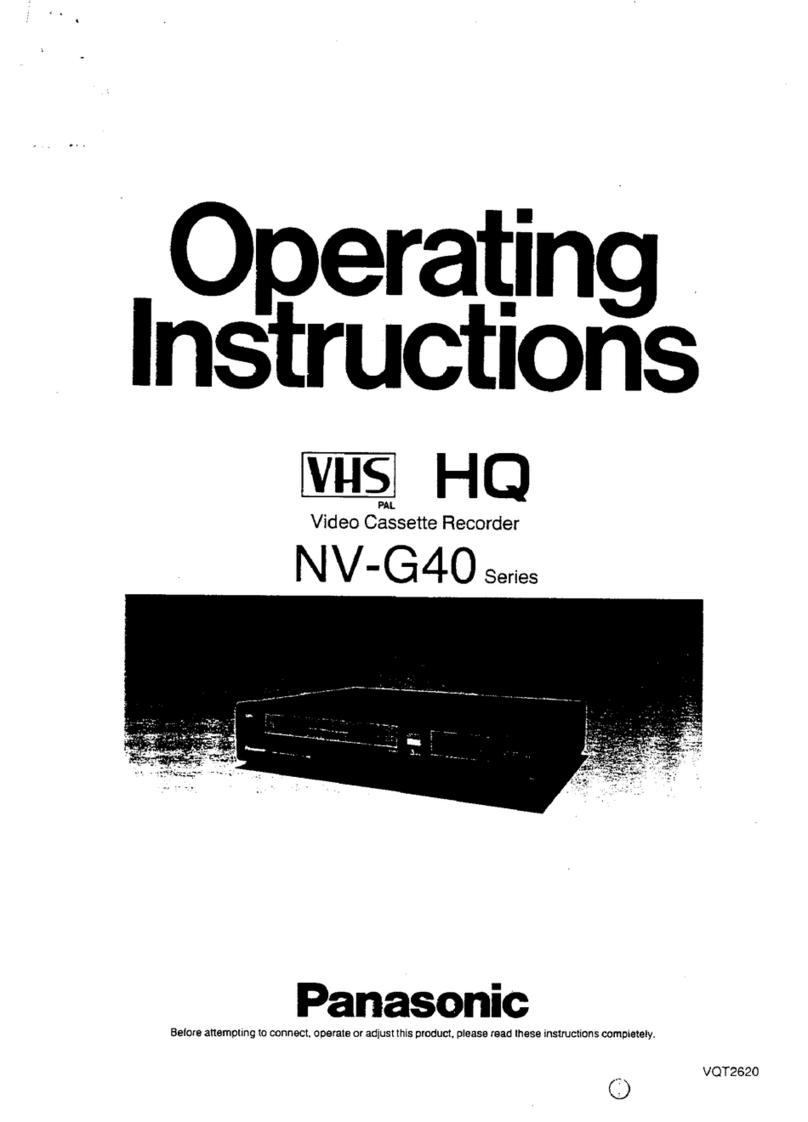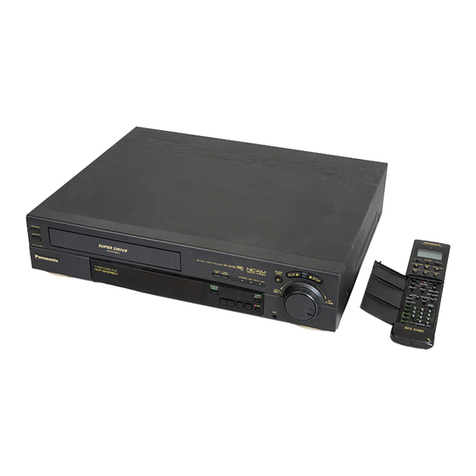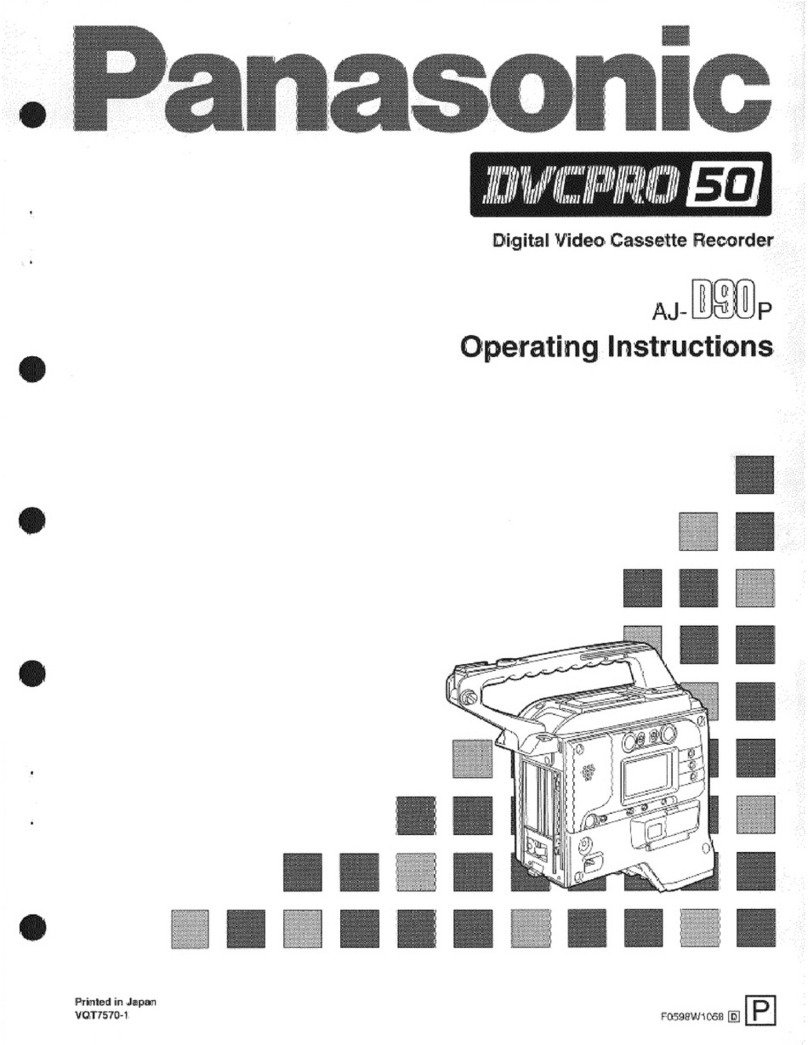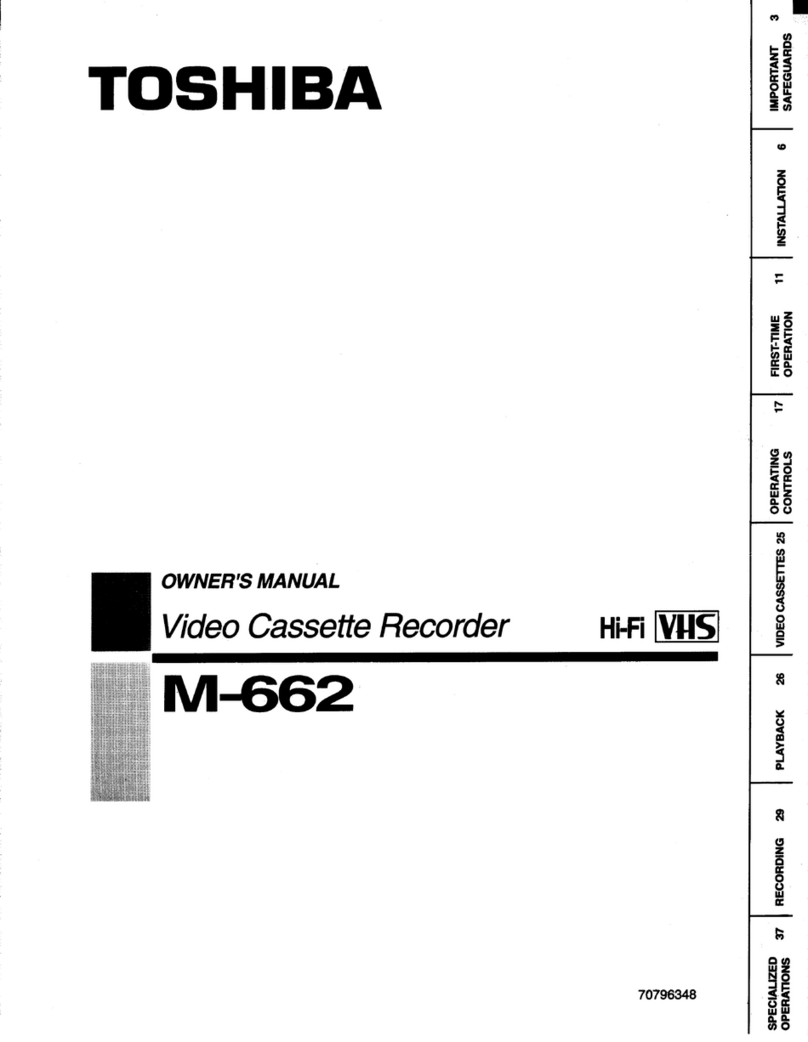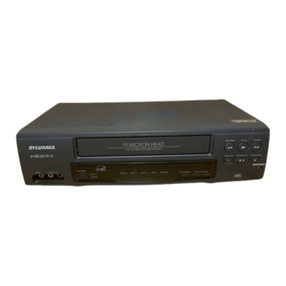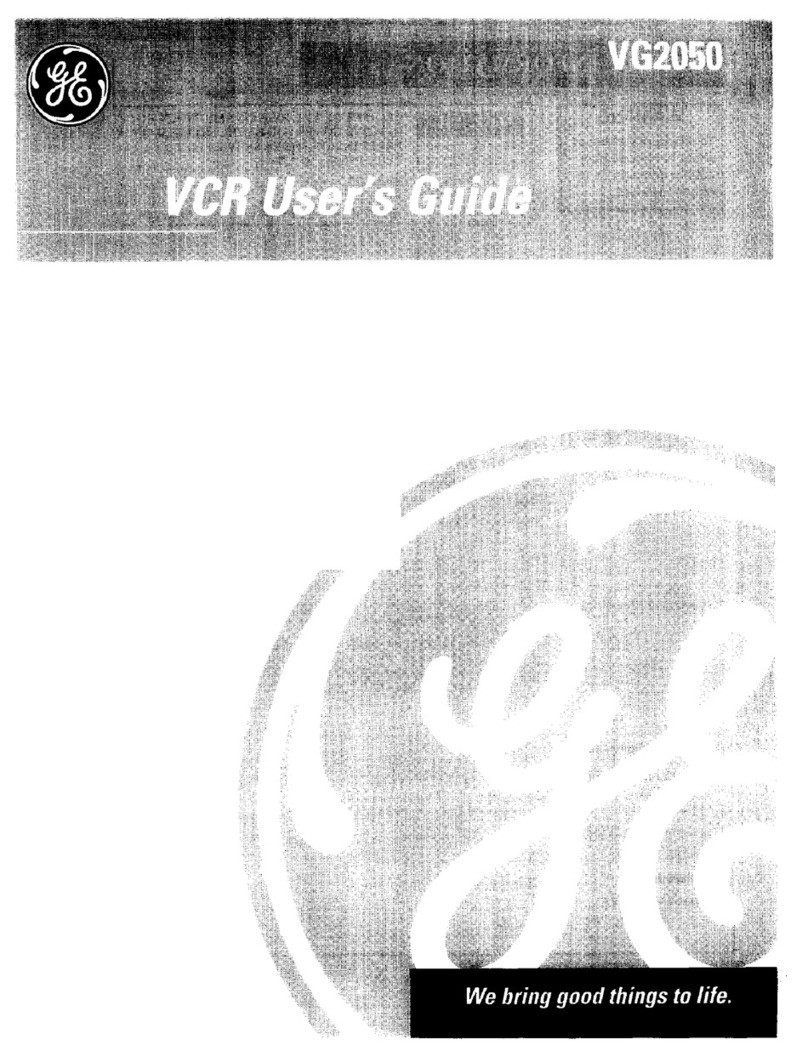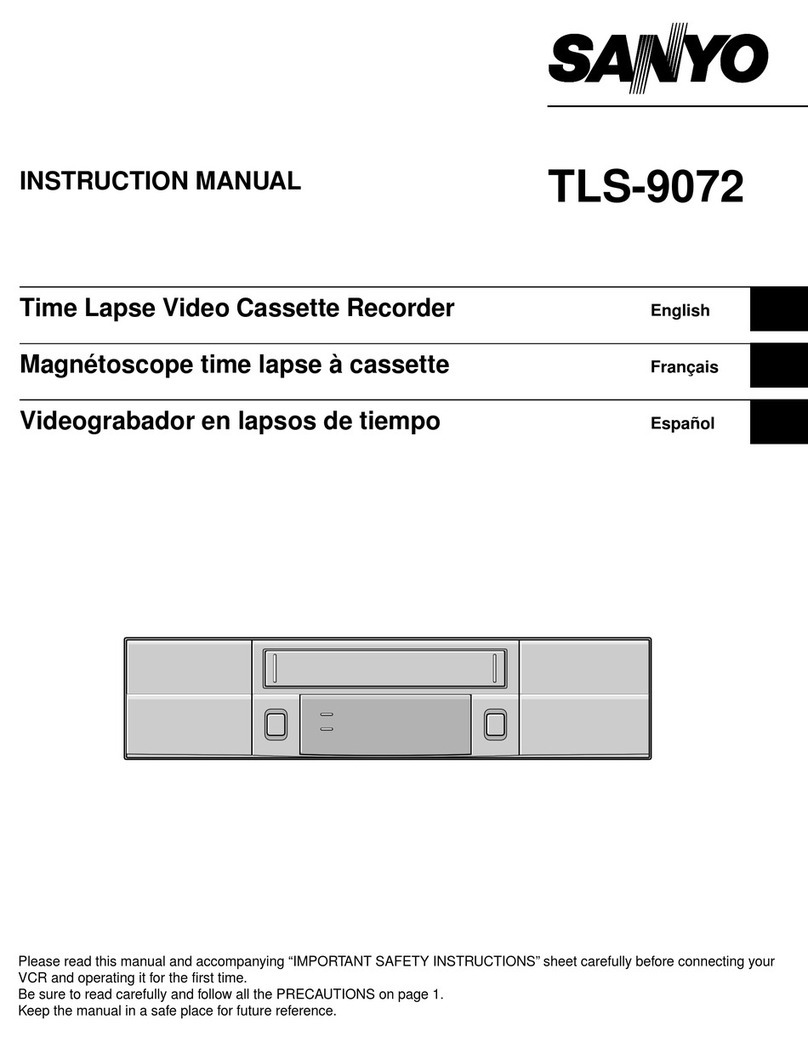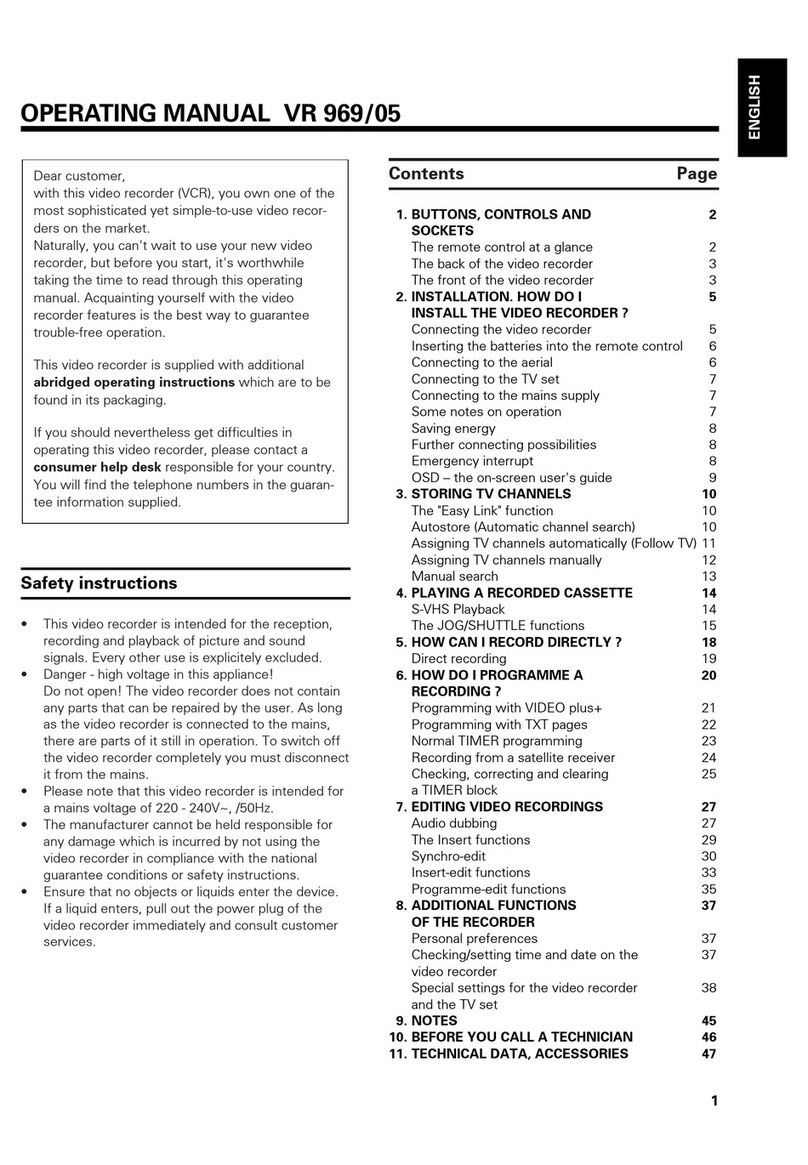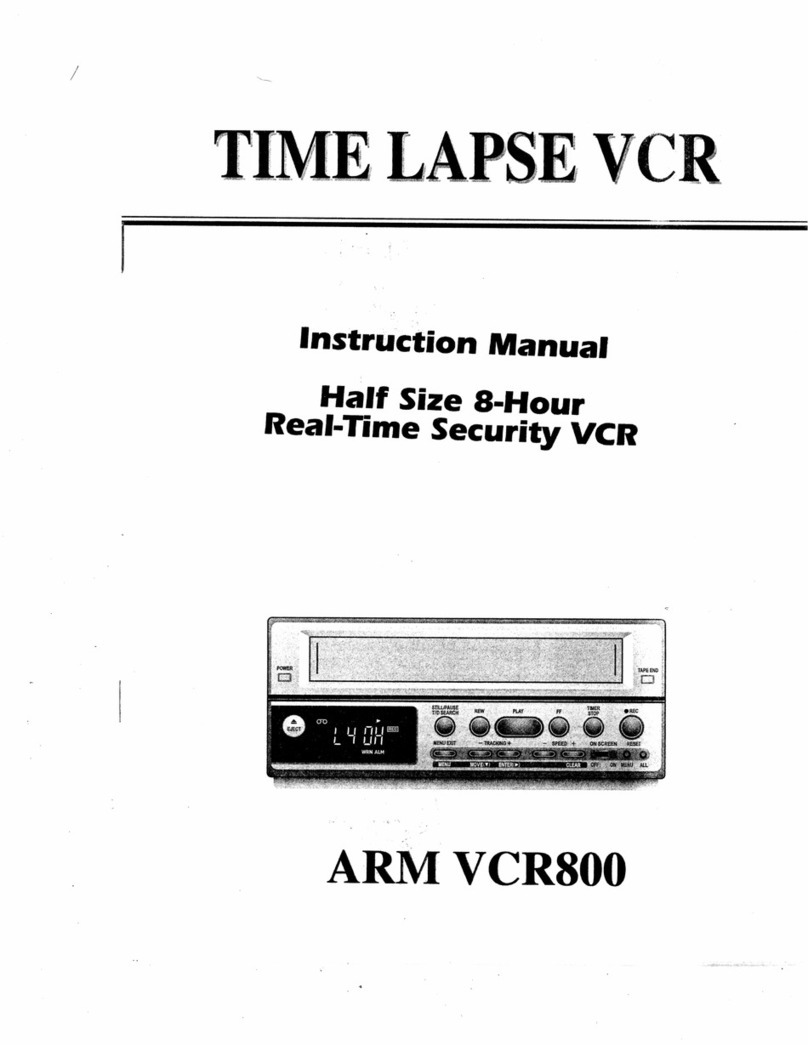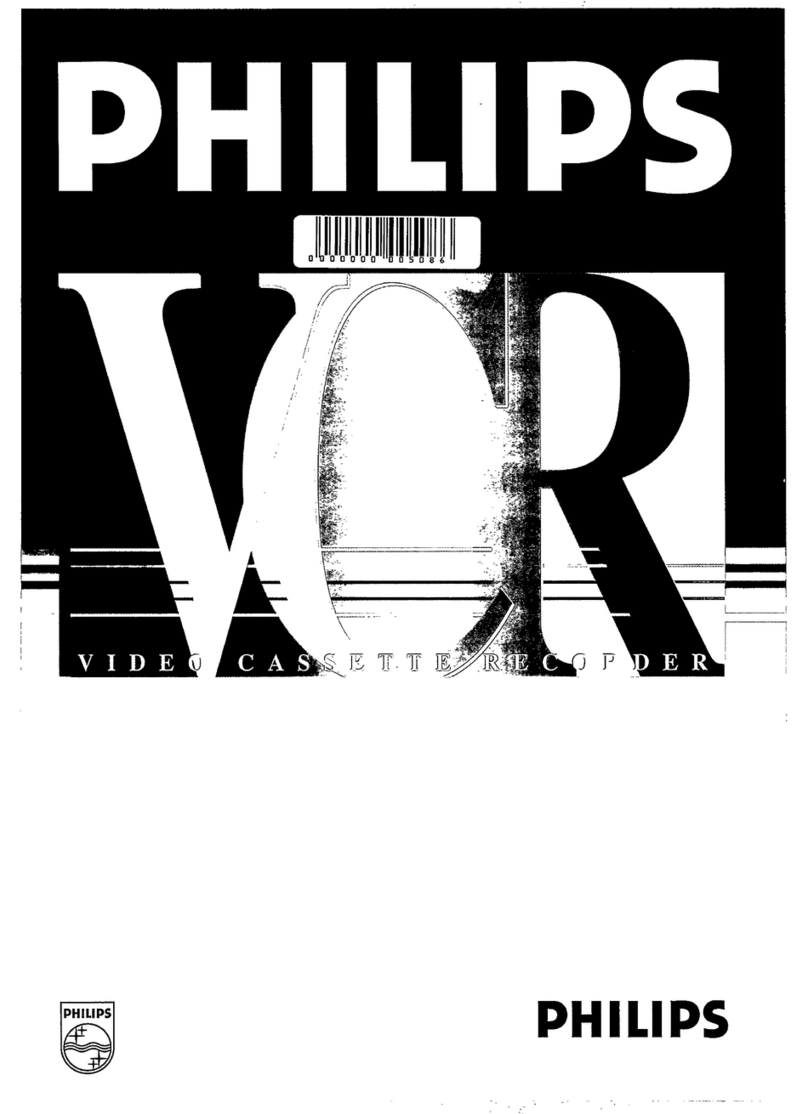
8
HFF button
When this is ressed, the ta e is fast forwarded.
When the TAPE/EE switch Mis set to TAPE, the
layback images can be monitored.
When the button is ressed in a search mode
(search still, REV search, REV search still or FWD
search still), the search is conducted in the forward
direction (FWD search). The ta e is cued at the
s eed set by setu menu item No.150. (See age
14)
When the button is ressed in a slow mode (slow
still, REV slow or REV slow still), the ta e is layed
back at the FWD linear 0.3as eed. (See age 15)
ISEARCH button
When this is ressed, the VTR is set to the search
mode or slow mode. (See ages 14 and 15)
JPLAY button
When this is ressed, layback is started. When it
is ressed together with the REC button, recording
is started.
KPAUSE/STILL button
When this is ressed during recording, the
recording is tem orarily sto ed; when it is ressed
again, the recording is resumed.
When it is ressed during layback, the VTR is set
to the still icture mode; when it is ressed again,
layback is resumed.
When it is ressed during a FWD or REV search,
the search is tem orarily sto ed (FWD or REV
search still); when it is ressed again, the FWD or
REV search is resumed.
When it is ressed during a FWD or REV slow
o eration, the o eration is tem orarily sto ed
(FWD or REV slow still); when it is ressed again,
the FWD or REV slow o eration is resumed.
A “FWD or REV slow” o eration denotes linear
0.3as eed layback.
When the ta e is tem orarily sto ed, noise may
a ear on the monitor: this is normal and not
indicative of a roblem. (See age 15)
LREC button
When this is ressed together with the PLAY
button, recording is started. When it is ressed
while the ta e is sto ed or being ejected, the in ut
video signals or audio signals can be checked even
if the TAPE/EE switch is at the TAPE osition.
The value of the time code generator can also be
checked. (REC CHECK mode)
When the STOP button or any other function button
is ressed, the REC CHECK mode will be released.
BAnalog audio signal recording level controls
These are used to adjust the recording levels of the
CH1, CH2, CH3 and C4 analog audio signals.
These are ull-to-adjust controls: they can be
adjusted at their ulled-u ositions. When they
are at their ushed-down ositions, the signals are
recorded at their initial levels.
<Note>
These controls cannot be used to adjust the levels
of the HD digital com onent audio signals.
C720p lamp
This lights when the 720 /59.94 Hz system has
been selected or its signals are being layed back.
DHeadphone jack
When stereo head hones are connected to this
jack, the sound being recording or layed back can
be monitored by head hones.
EVolume control
This is used to control the volume of sound heard
through the head hones.
FREW button
When this is ressed, the ta e is rewound. When
the TAPE/EE switch Mis set to TAPE, the
layback images can be monitored.
When the button is ressed in a search mode
(search still, FWD search, FWD search still or REV
search still), the search is conducted in the reverse
direction (REV search). The ta e is reviewed at the
s eed set by setu menu item No.150. (See age
14)
When the button is ressed in a slow mode (slow
still, FWD slow or FWD slow still), the ta e is
layed back at the REV linear 0.3as eed. (See
age 15)
GSTOP button
When this is ressed, the ta e sto s traveling, and
still ictures can be monitored if the TAPE/EE
switch Mhas been set to TAPE.
The drum continues to rotate even in the sto
mode, and the ta e remains wra ed tightly around
the drum.
When the sto mode continues longer than the
allotted time, the VTR is automatically set to the
standby OFF (half loading) mode in order to rotect
the ta e.
The sto mode is established immediately after a
cassette is inserted into the VTR.
With still ictures, noise may a ear on the monitor:
this is normal and not indicative of a roblem.
Parts and Their Functions
Front panel
